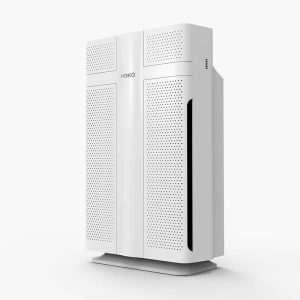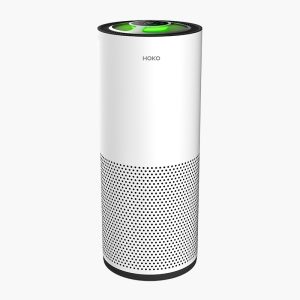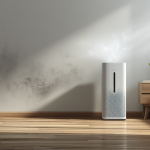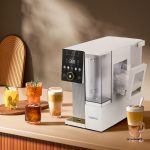Air pollution has become a major environmental concern in recent years, as airborne toxins are increasingly present in both indoor and outdoor environments. The most dangerous air pollutants, such as particulate matter (PM10 and PM2.5), nitrogen dioxide (NO2), carbon monoxide (CO), and sulphur dioxide (SO2), can cause severe respiratory illnesses and a wide range of other health problems.
In this article, we will discuss the sources and effects of these air pollutants, as well as some strategies for reducing them, such as the use of air purifiers. We will also discuss the various types of air purifiers, their benefits, and how they can be used to remove air pollutants from indoor environments.
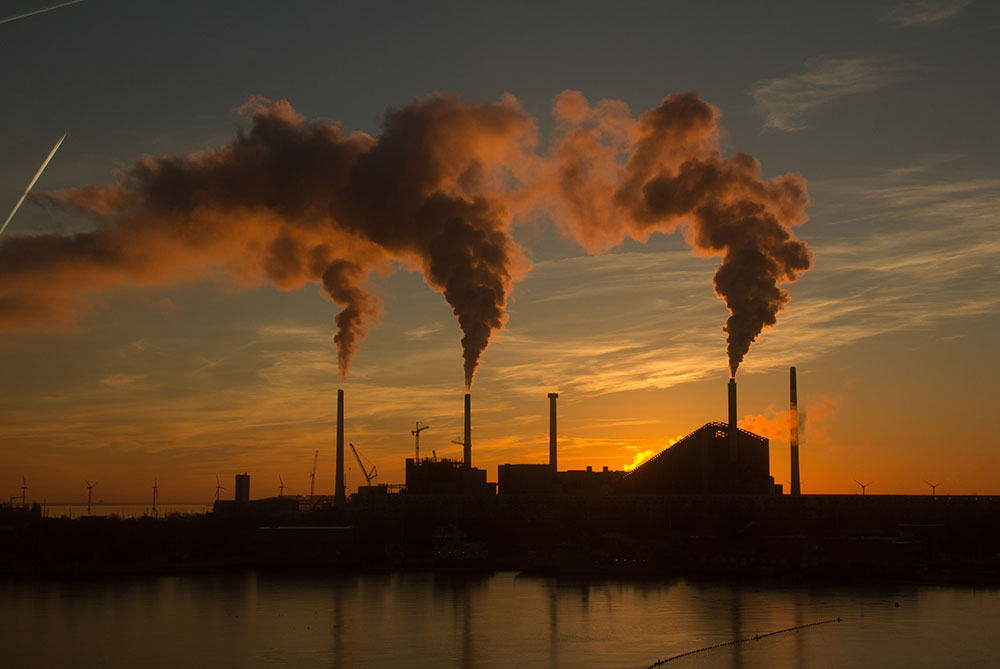
Major Types of Air Pollutants
Major pollutants in the air can be divided into two categories: primary pollutants, which are emitted directly into the atmosphere, and secondary pollutants, which form in the atmosphere as a result of chemical reactions between other pollutants.
Particulate Matter (PM10 and PM2.5)
Particulate Matter (PM10 and PM2.5) is an extremely dangerous type of air pollutant, made up of tiny particles and liquid droplets suspended in the air. It is primarily composed of nitrates, sulfates, organic chemicals, metals, soil or dust particles, and allergens, and is mainly produced by motor vehicles, wood burning heaters and industry.
This type of air pollution can cause death from heart or lung diseases, and is especially harmful to those with pre-existing conditions. The most dangerous component of particle pollution is PM2.5, as it can penetrate and damage the lungs. Therefore, it is important to take steps to reduce particle pollution, such as installing air purifiers in homes and offices.
Nitrogen Dioxide (NO2)
Nitrogen Dioxide (NO2) is a highly reactive gas formed primarily through vehicular emissions and industrial activities. Indoor sources of NO2 are cigarette smoke and gas stove tops, while outdoor sources include farmland and the burning of fossil fuels.
At high levels of concentration, NO2 is a respiratory irritant and can have a variety of adverse health effects on the respiratory system. In particular, extreme exposure to NO2 may lead to inflammation of the airway, worsening of asthma symptoms, and even respiratory failure. Long-term exposure to NO2 has also been linked to an increased risk of cardiovascular disease and cancer.
To reduce NO2 levels in indoor environments, air purifiers can be used to absorb the pollutant from the air.
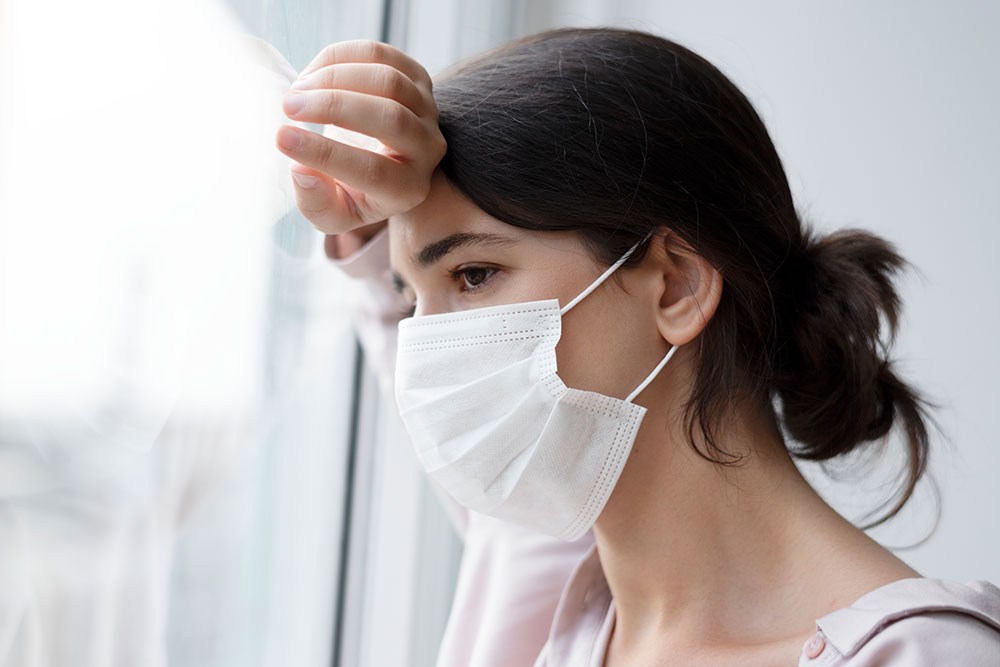
Carbon Monoxide (CO)
Carbon Monoxide (CO) is a colourless, odourless, and toxic gas that is released into the environment through various sources, such as outdoor heaters and barbeques, tools with gasoline engines, portable generators, and vehicle engines. Exposure to high concentrations of CO can cause symptoms such as headaches, nausea, vomiting, dizziness, and weakness. In extreme cases, carbon monoxide poisoning can lead to fainting, permanent brain injury, or even death.
In order to avoid the dangers posed by CO, it is important to reduce the amount of emissions from these sources by using air purifiers. Air purifiers can absorb CO from the air, reducing the risk of carbon monoxide poisoning.
Sulphur Dioxide (SO2)
Sulphur Dioxide (SO2) is a highly reactive and pungent gas, formed by fossil fuel combustion at power plants and other industrial facilities. High levels of exposure to SO2 can cause eye and throat irritation and exacerbate existing cardiovascular diseases.
Additionally, SO2 can irritate the lining of the nose, throat and lungs, and may worsen existing respiratory illnesses, especially asthma. As such, it is important to reduce the amount of SO2 in the air by using air purifiers, which can absorb the gas from the air. In this way, air purifiers can help reduce the health risks associated with Sulphur Dioxide pollution.
Removal of Air Pollutants with Air Purifiers
Air purifiers can be an effective tool for reducing air pollutants in both residential and commercial buildings. Air purifiers use filters to capture airborne particles, such as PM2.5, dust, allergens, and even bacteria and viruses.
Additionally, air purifiers equipped with activated carbon filters can be used to remove formaldehyde, cancer-causing Volatile Organic Compounds (VOCs), and cigarette smoke.
Another benefit of air purifiers is that they can help to eliminate bad smells, such as smoke.
Activate Carbon Filer
One of the most popular air purification methods is the use of activated carbon filters. Activated carbon filters work by adsorption, which is the process of trapping and holding particles, gases, and chemicals on the surface of the filter.
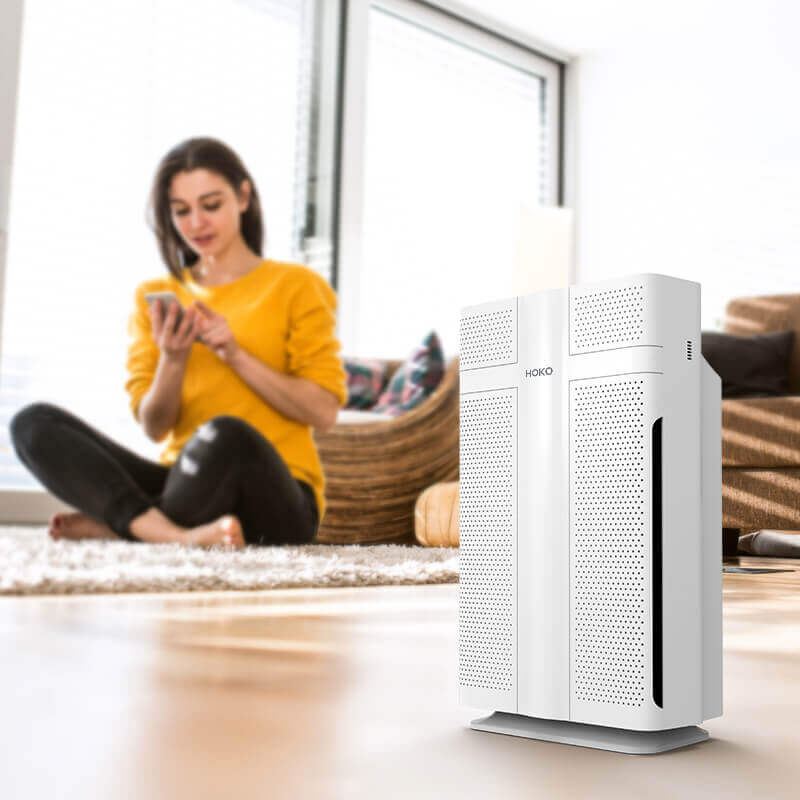
Activated carbon filters use millions of tiny pores and a large surface area to adsorb harmful chemicals, gases, odors, smoke, cooking fumes, and volatile organic compounds (VOCs). By trapping pollutants on the surface of the filter, activated carbon filters can effectively reduce air pollution.
Additionally, they can help reduce the health risks associated with exposure to these pollutants.
The HOKO Wholesale Negative Ion Air Purifier Hepa CADR450 is an incredibly powerful 3-stage air purification system. It features a pre-filter, HEPA filter, and activated carbon filter to ensure an exceptionally pure air quality. With 450m³/h CADR, it is one of the most efficient air purifiers on the market, providing clean and healthy air for medium to large rooms. Its negative ion technology further improves air quality and guarantees a safe and beneficial environment.
Hepa Filter
Hepa filter air purifiers are among the most effective ways to remove air pollutants from the home. They can effectively remove certain respirable-size particles, allergens including pet dander, pollen, and mites, PM2.5, dust, mold, viruses, bacteria, formaldehyde and other cancer-causing VOCs, cigarette smoke, smoke smell, and other bad smells.
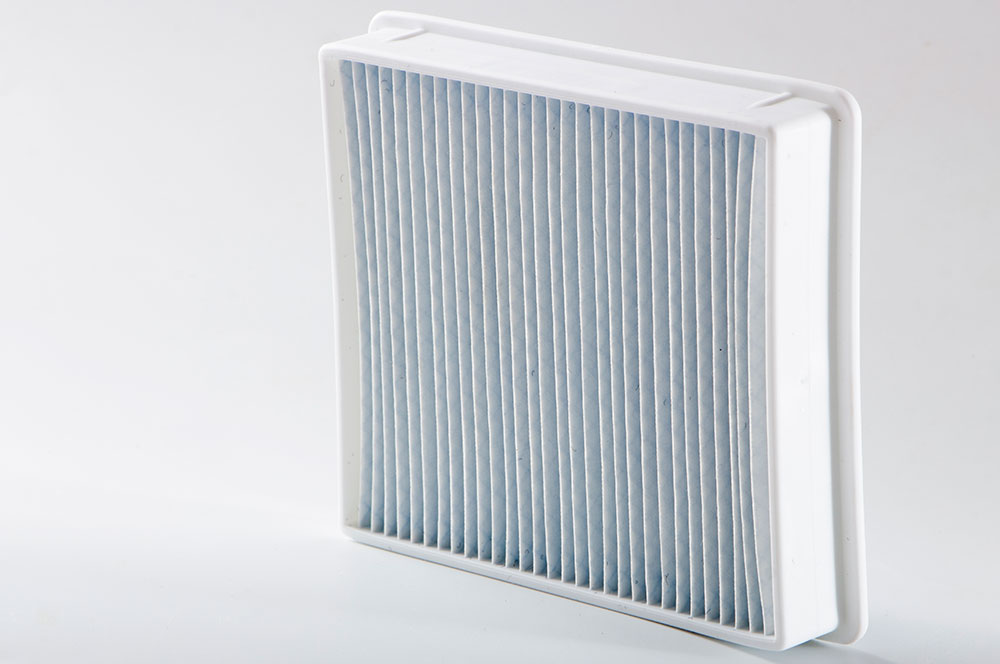
These air purifiers utilize a tightly woven filter, blocking all particles larger than 0.3 microns in size, meaning that they catch more than 99% of common allergens and other air pollutants such as dust, smoke, and smelly odors. Regular maintenance and filter replacements are essential to ensure that the air purifier is always working at its best capacity. Additionally, they can be used in conjunction with an air purifier to further ensure a healthy breathing environment.
The HOKO Hepa Filter Air Purifier For Home CADR460 is a powerful and efficient 360° air purification system. It features a pre filter, HEPA filter, and activated carbon filter to ensure a hydrogen-rich, pure air quality. With a 460m³/h CADR, it is an ideal air purifier to use for medium to large rooms, providing a clean and healthy atmosphere.
UV Light
UV light air purifiers are an effective option for reducing and eliminating air pollutants such as mold and bacteria. The UV light kills or degrades the outer shell of mold spores, bacteria, and viruses in the air, making them harmless. Other elements like cigarette smoke, smoky smells, and other noxious odors can also be reduced with UV light air purifiers.
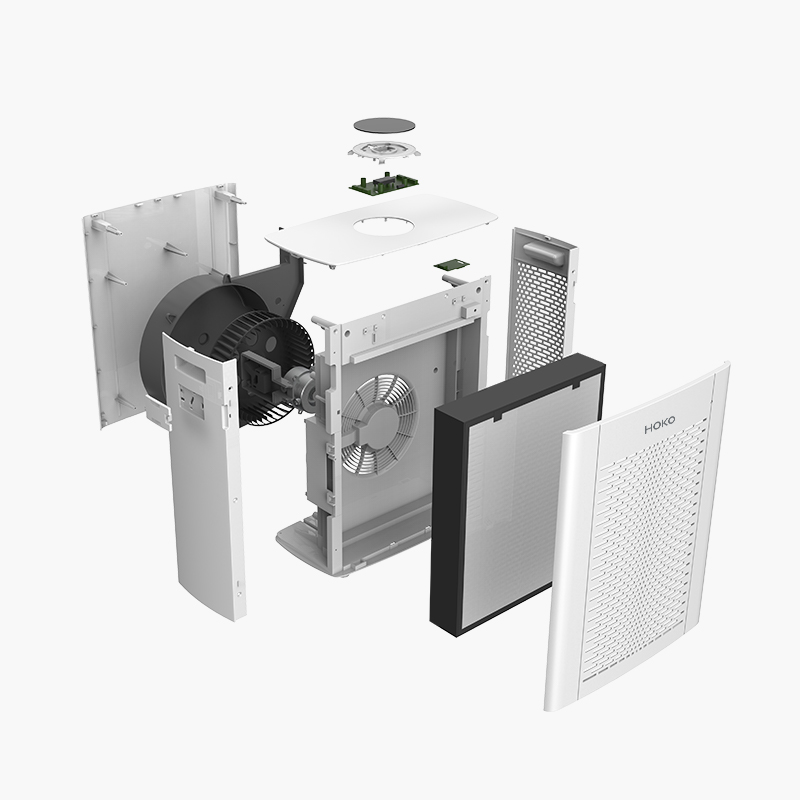
As an added benefit, the UV light also acts as a sanitizer, further reducing the amount of unhealthy air pollutants in the air. For optimal results, it is important to routinely change the filters and bulbs to maintain effectiveness and ensure they are working at their best capacity. UV light air purifiers can provide clean, safe air for your home or workplace.
The HOKO Hepa Air Purifier With UV Light CADR320 is a highly effective air purification system. It features a pre filter, HEPA filter, and optional energy-saving ultraviolet UV LED germicidal lamp to ensure an impeccably clean and safe air quality. With a 320m³/h CADR, it is perfect for medium-sized rooms and provides a powerful and reliable air purification experience. Its ultraviolet light further increases air quality levels and guarantees a safe and beneficial environment for your home.
Conclusion
Air purifiers represent an effective and relatively affordable solution for keeping indoor air clean. Different air purifier technologies such as Hepa filters, UV light purifiers, activated carbon filters are all effective in removing airborne pollutants such as dust, pollen, smoke, smelly odors, and viruses and bacteria.
By adopting one or multiple air purifier solutions, you can enjoy improved air quality indoors and breathe easier knowing you are protecting your health and the health of those around you.
